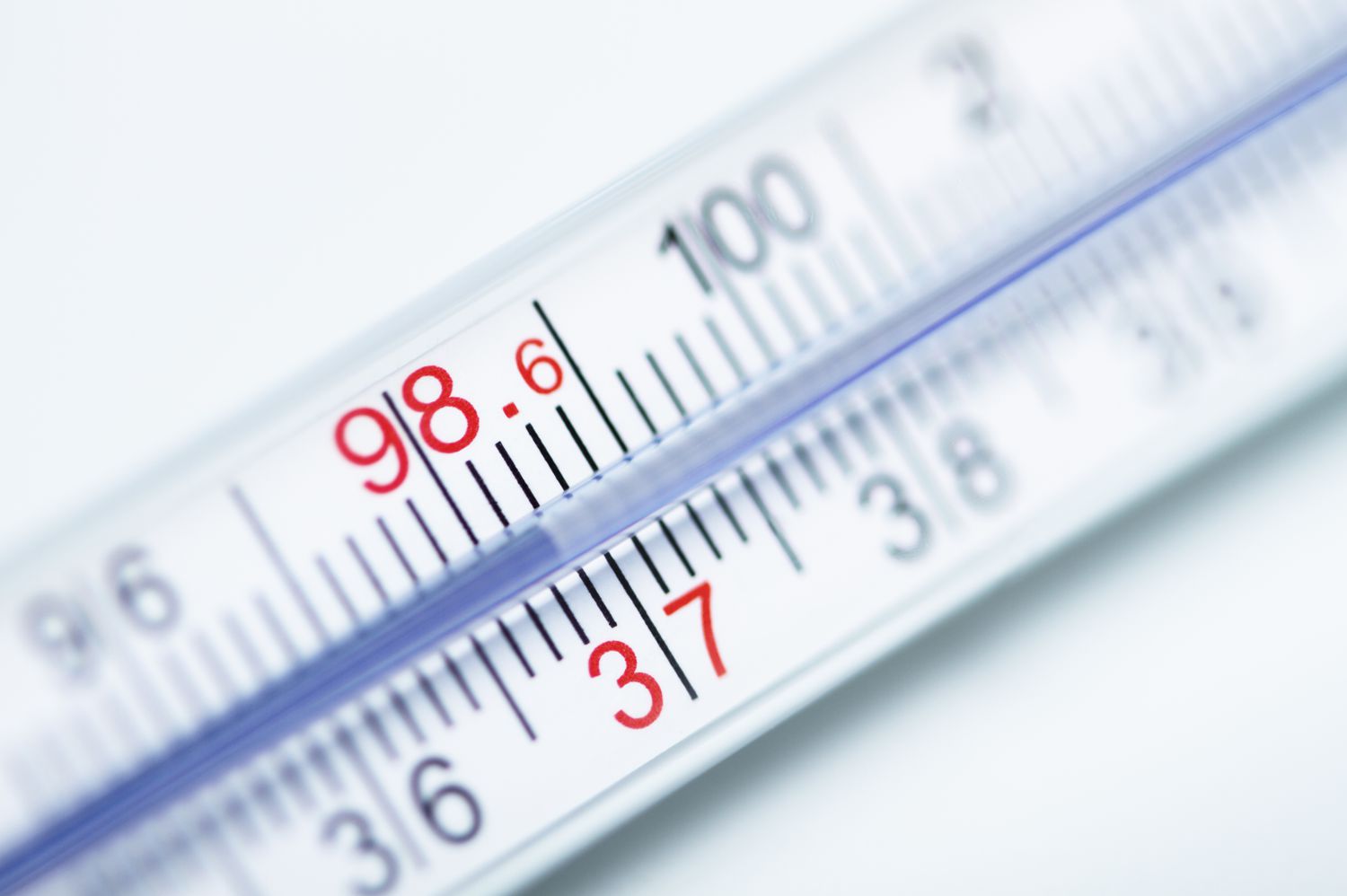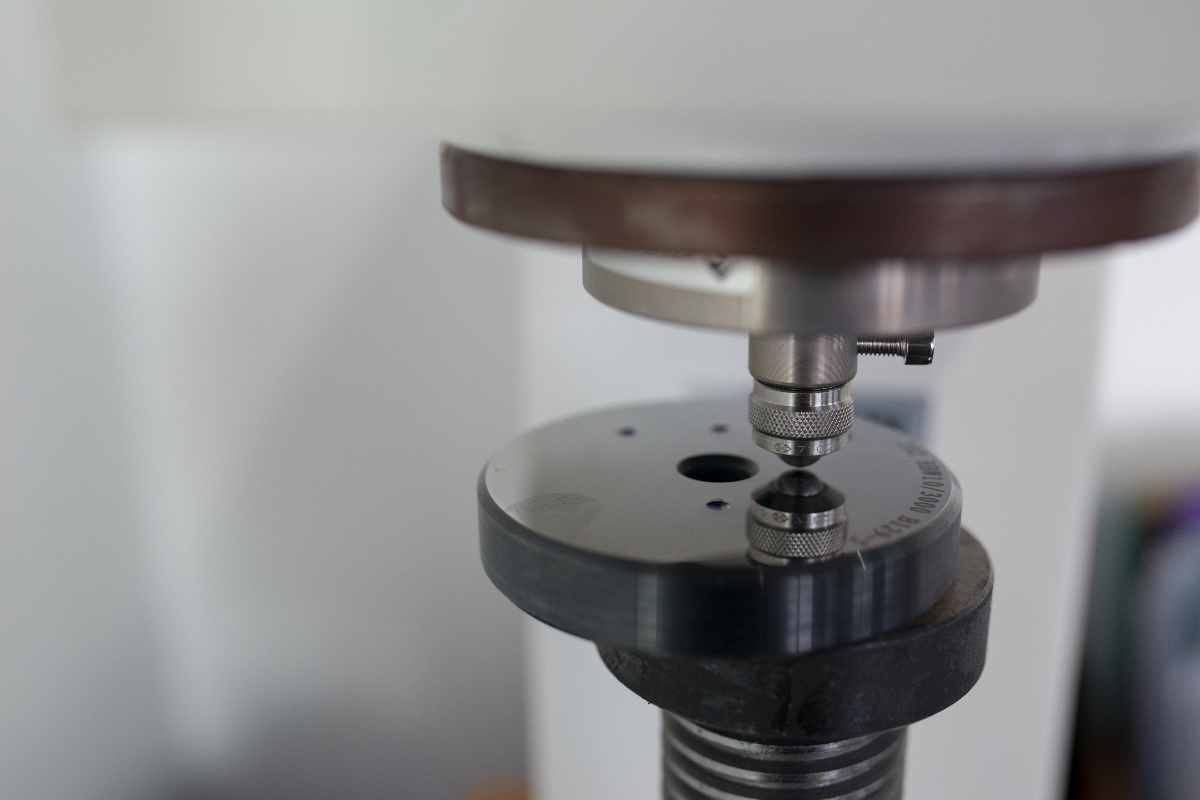DN (diameter nominal) and PN (pressure nominal) are two common terms used to describe pipes in the European and international piping industry.
DN is a dimensionless term used to indicate the size of a pipe. It is based on the internal diameter of the pipe and is commonly used to identify pipe sizes. It is commonly used as a reference size for pipe selection and can be used to determine the flow rate of a pipe, for example a DN150 pipe will have a larger flow rate than a DN100 pipe.
PN is a term used to indicate the maximum pressure rating of a pipe. It is based on the material and wall thickness of the pipe and is commonly used to determine the suitability of a pipe for a specific application. PN numbers are often used in conjunction with DN numbers, for example a pipe may be described as “DN100 PN16”. This means that the pipe has a nominal diameter of 100mm and a maximum pressure rating of 16 bar.
It is important to note that, PN numbers are used in Europe and other parts of the world and there are different codes used in the US, such as Schedule and Class, to indicate the pressure rating of pipes. DN number is used to indicate the size of a pipe and it’s based on the internal diameter. PN number is used to indicate the maximum pressure rating of a pipe and it’s based on the material and wall thickness of the pipe. Together, DN and PN numbers are commonly used to identify and specify the size and pressure rating of pipes.
What is DN in Pipes?

DN is a dimensionless value used to indicate the size of a pipe in the metric unit system. It is a standard measurement used in the piping industry and is typically used in conjunction with other measurements such as the pipe’s internal diameter, external diameter, and wall thickness. The DN value is not directly related to any physical dimensions of the pipe but is used as a reference number to indicate the pipe size. It is commonly used in Europe, Asia, and other countries that use the metric system. The DN value is usually printed on the pipe or fitting, making it easy to identify the pipe size.
The DN value represents the approximate internal diameter of a pipe, and is used as a way to specify the size of a pipe without having to measure its exact dimensions. The DN value is based on the pipe’s internal diameter, but it also takes into account the pipe’s wall thickness. The exact relationship between DN and a pipe’s internal diameter can vary depending on the pipe’s manufacturing standards and tolerances.
It’s important to note that diameter nominal is different than the NPS (Nominal Pipe Size) used in the United States and other countries that use the imperial system, where NPS is the size of pipe in inches, and the pipe wall thickness are described by Schedule (Sch) . The conversion between NPS and DN is not linear and require a table or calculator to convert.
What is PN in HDPE Pipe?
PN (pressure nominal) is a term used to indicate the maximum pressure rating of an HDPE (high-density polyethylene) pipe. The PN rating is based on the material and wall thickness of the pipe, and is commonly used in Europe and other parts of the world to determine the suitability of an HDPE pipe for a specific application.
HDPE pipes are known for their high strength and durability, and are widely used in a variety of applications, including water supply, gas distribution, and sewage and drainage systems. The PN rating of an HDPE pipe is determined by the material’s ability to withstand a specific pressure at a given temperature.
The PN rating for HDPE pipes typically ranges from PN6 to PN25. PN6 and PN10 are typically used for low-pressure applications, such as irrigation and drainage systems. PN16 is used for medium-pressure applications, such as water supply systems, while PN25 is used for high-pressure applications, such as gas distribution systems.
It is important to note that, the Diameter nominal rating of an HDPE pipe may vary depending on the manufacturer and it’s important to always consult the pipe manufacturer for more specific information about the PN rating of an HDPE pipe and to always use pipes that are rated for the pressure, temperature and fluid that they will be transporting.
Advantage and Disadvantage of PN and DN for Pipes
Here are some advantages and disadvantages of using PN and DN numbers for pipes:

Advantages of PN and DN for pipes:
- PN and DN numbers provide a standard system for identifying and specifying the size and pressure rating of pipes.
- PN number is used to indicate the maximum pressure rating of a pipe, which is useful for determining the suitability of a pipe for a specific application.
- Diameter nominal number is used to indicate the size of a pipe, which is useful for determining the flow rate of a pipe and for pipe selection.
- Both PN and DN numbers are widely recognized and used in the piping industry, making it easier for manufacturers, engineers, and contractors to communicate pipe specifications.
Disadvantages of PN and DN for pipes:
- PN and DN numbers are based on different measurement systems and are used in different parts of the world, which can lead to confusion and misinterpretation if not used correctly.
- PN and DN numbers do not take into account other factors that can affect the performance of a pipe, such as temperature and fluid type.
- The PN and DN numbers are based on standards and are not always accurate, as there are variations in the production and testing of pipes, making it necessary to consult the pipe manufacturer for more specific information about the pipe.
- PN and DN numbers do not always provide an accurate representation of a pipe’s actual performance in certain situations, such as high temperature or extreme pressure.
PN and DN numbers provide a standard system for identifying and specifying the size and pressure rating of pipes, but they do not take into account other factors that can affect the performance of a pipe, and are not always accurate.
What is the PN Rating Number?
PN (pressure nominal) rating number is a term used to indicate the maximum pressure rating of a pipe. It is based on the material and wall thickness of the pipe and is commonly used in Europe and other parts of the world to determine the suitability of a pipe for a specific application.
The PN rating number is used to indicate the maximum pressure that a pipe can withstand at a specific temperature. It is expressed in bar (1 bar = 100,000 Pa). The higher the PN rating number, the higher the maximum pressure rating of the pipe.

For example, a pipe with a PN10 rating can withstand a maximum pressure of 10 bar, while a pipe with a PN16 rating can withstand a maximum pressure of 16 bar.
It is important to note that, PN rating numbers are based on the European standard EN 1092-1, which specifies the dimensions and wall thickness of pipes and the test pressure to be used for determining the PN rating. It’s also important to consult the pipe manufacturer for more specific information about the PN rating of a pipe and to always use pipes that are rated for the pressure, temperature and fluid that they will be transporting.
Pipe Class Rating vs PN Numbers
Pipe class rating and PN (pressure nominal) numbers are both used to indicate the maximum pressure rating of a pipe, but they are based on different standards and are used in different parts of the world.
Pipe class rating is a system used in the United States to indicate the pressure rating of pipes. It is based on the American National Standards Institute (ANSI) B36.10 and B36.19 standards, which specify the dimensions and wall thickness of pipes. The pipe class rating system uses schedule numbers (such as Schedule 40, Schedule 80, etc.) to indicate the pressure rating of pipes, with higher schedule numbers indicating higher pressure ratings.
PN numbers, on the other hand, are used in Europe and other parts of the world to indicate the maximum pressure rating of a pipe. The PN system is based on the European standard EN 1092-1, which specifies the dimensions and wall thickness of pipes. The PN numbers are used to indicate the maximum pressure rating of pipes, with higher PN numbers indicating higher pressure ratings.
Pipe class rating is a system used in the US to indicate the pressure rating of pipes, using schedule numbers. PN numbers are used in Europe and other parts of the world to indicate the maximum pressure rating of a pipe. Both systems are used to indicate the maximum pressure rating of a pipe, but they are based on different standards and are used in different parts of the world.




